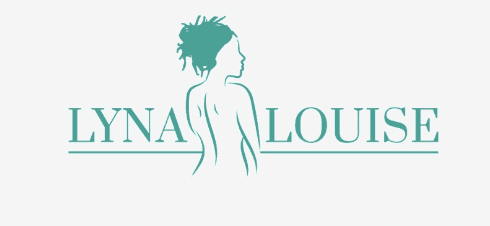Shea butter is a luxurious and versatile ingredient that has become a popular choice in skincare products. It is widely known for its moisturizing and nourishing properties, making it an essential part of any effective skincare routine. In this article, we will explore the benefits of shea butter, the ways it is extracted and processed, how to use it in your skincare routine, its role in the beauty industry, and its cultural significance.
Benefits of Shea Butter for the Skin
Shea butter is a natural fat extracted from the nuts of the shea tree, native to West Africa. Its natural emollient properties make it an effective moisturizer, particularly for dry and sensitive skin. Its anti-inflammatory benefits make it ideal for soothing irritated or inflamed skin, and its anti-aging properties help to reduce the appearance of fine lines and wrinkles. In addition, shea butter contains vitamins A and E, which provide antioxidant benefits and help protect the skin from environmental stressors.
How Shea Butter is Extracted and Processed
Shea butter is extracted from the shea nut using various methods, including traditional hand-pressing methods and modern hydraulic pressing methods. Raw, unrefined shea butter is the most beneficial for the skin, as it retains its natural nutrients and fatty acids. Refined shea butter has gone through a bleaching and deodorizing process, which strips it of its natural color and fragrance. While refined shea butter may be smoother in texture and have a longer shelf life, it may lack some of the natural properties that make unrefined shea butter so beneficial for the skin.
Different Ways to Use Shea Butter in Skincare Routine
Shea butter is a versatile ingredient that can be used in various ways to nourish and protect the skin. It can be used as a moisturizer for the face and body, as a hair conditioner, and as an ingredient in body scrubs and masks. Shea butter is also an excellent choice for lip balms, as it soothes and nourishes dry, chapped lips.
Shea Butter and Its Role in the Beauty Industry
Shea butter has become a popular ingredient in the beauty industry, as it provides natural, organic, and vegan benefits that align with current trends. It is commonly found in moisturizers, body lotions, and hair care products, among other skincare and cosmetic products. The demand for shea butter has increased in recent years, and it has become an essential ingredient for many brands (including Lyna Louise). Shea butter production also provides a source of income for communities in West Africa, where the shea tree grows, making it a sustainable and ethical choice for consumers.
Shea Butter and Its Cultural Significance
Shea butter has a long history in African cultures, where it has been used for centuries as a natural remedy for various skin conditions. Shea butter is also used in traditional African beauty rituals, where it is applied to the face and body to moisturize and protect the skin. Supporting African-owned and operated shea butter producers is a way to acknowledge the cultural significance of shea butter and its contribution to African economies.
Conclusion
Shea butter is a must-have ingredient in any effective skincare routine. Its natural moisturizing, nourishing, and anti-inflammatory properties make it an ideal choice for dry, sensitive, or irritated skin. Raw, unrefined shea butter is the best choice, as it retains its natural nutrients and benefits. Shea butter is versatile and can be used in various ways, from moisturizers to hair conditioners, and even lip balms. Its cultural significance in African cultures also makes it a sustainable and ethical choice for consumers. Embrace the luxurious and versatile benefits of shea butter in your skincare routine and discover the beauty secrets of African cultures.

